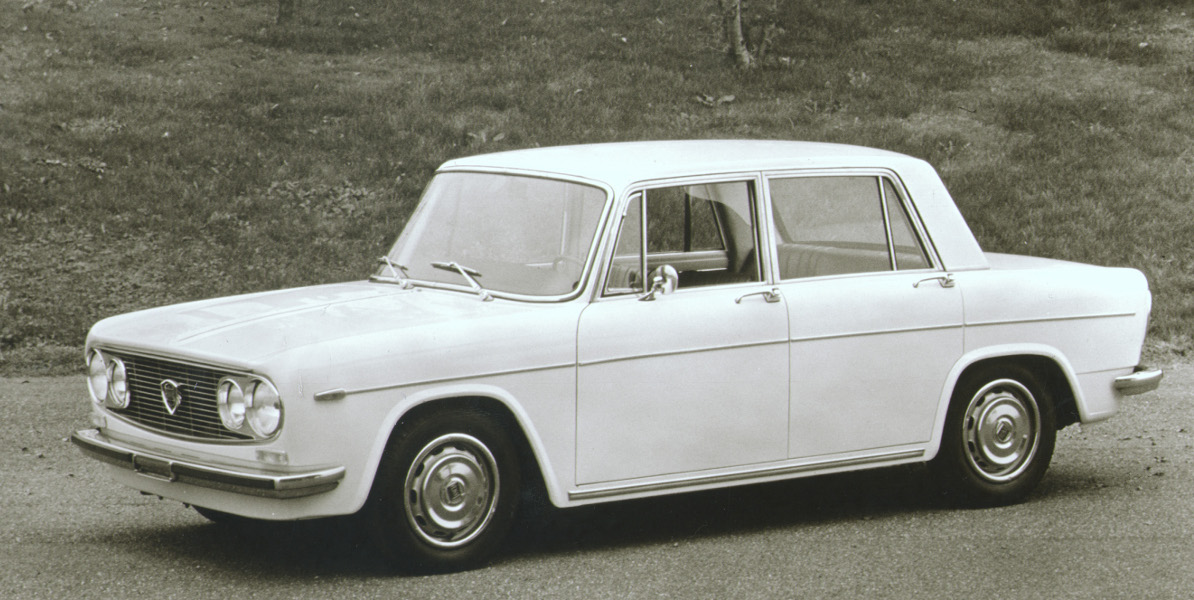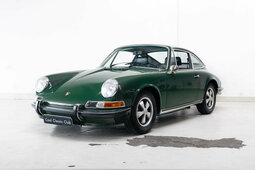Celebrated for its Italian design, rally achievements, and enduring appeal, the Lancia Fulvia holds a special place among classic car enthusiasts.
Created as a successor to the aging Appia, the Fulvia marked a shift to front-wheel drive, despite sharing many components with its predecessor.
The original Fulvia was equipped with a modest 1.1-litre V4 petrol engine producing 58 hp. This engine, while not particularly powerful, underscored the Fulvia's role as a family car, rather than a sports vehicle. In 1963, when the Fulvia first appeared on the streets, it was only available as a four-door sedan.
Lancia's motorsport focus shifted to rallying after leaving Formula One in 1955. In 1965, a revamped Fulvia debuted in rallying with a 1.3-litre, 101-hp petrol engine, enhanced suspension, a lighter body, and new brakes. This new Fulvia made an impressive entry, securing 8th place at the Corsica Rally.
Struggling to compete, the Fulvia received a significant upgrade in 1967 with a new 1.6-litre, 115 hp engine. This boost led to a landmark victory in the 1972 International Championship for Manufacturers, a precursor to today's World Rally Championship. However, this was the peak of the Fulvia's success. In the 1973 World Rally Championship, its limitations became evident. Lancia replaced the aging Fulvia with the iconic Lancia Stratos in 1974, yet the Fulvia's initial points were crucial in Lancia's second World Championship win.
In 1967 and later in 1969, rally-spec Fulvia models were released to the public with varying engine sizes. Of the 175,000 Fulvias produced, about 2,000 were rally editions. The distinct features of the standard and rally versions result in a price difference. For those seeking the essence of rallying, a rally-spec Fulvia might cost around EUR 15,000, offering a blend of sports performance and Italian design.
Lancia Fulvia Jeremy Clarkson
---
Find your ideal vehicle in our Car Categories, or delve into our Classic Passion Shop for exciting finds from our partners!











